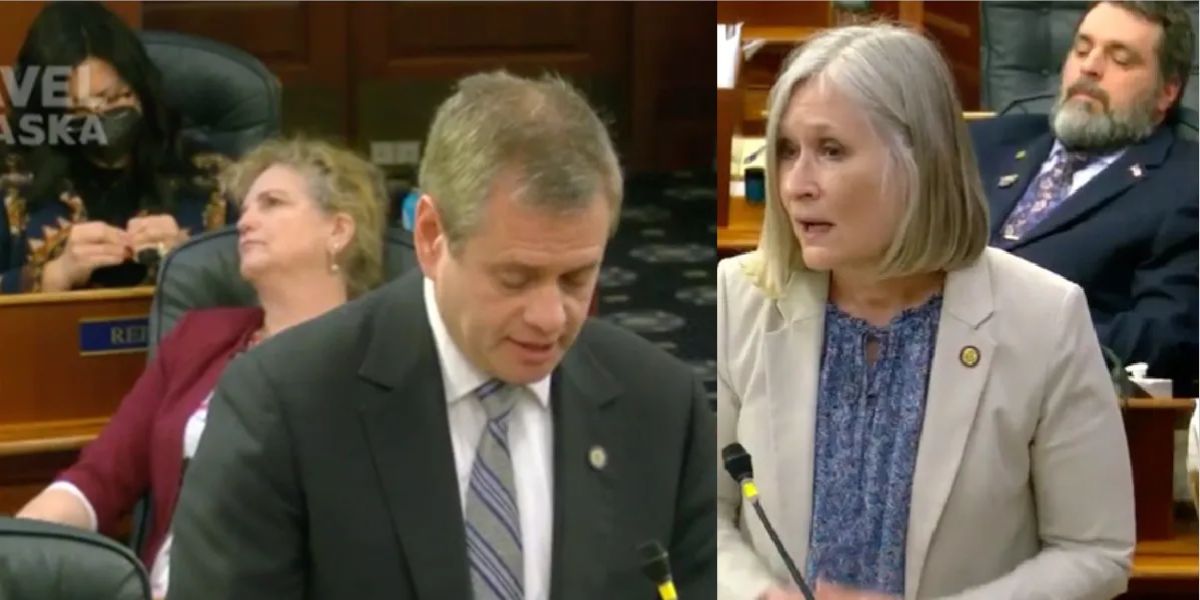Alaska’s Budget Blueprint: Senate Offers $1,300 PFD and Additional Energy Aid
The Alaska Senate unveiled the first draft of the state’s operating budget Wednesday. The budget contains a roughly $1,300 Permanent Fund payout for residents, as well as an energy relief check of approximately $175. The Senate’s PFD proposal allocates 25% of this year’s drawing from the Permanent Fund to the state’s annual dividend.
That is significantly less than the almost $2,300 compensation approved by the House. Sen. Bert Stedman, R-Sitka, chair of the Senate’s operating budget, stated that rising oil prices have “blessed” the state in recent years. However, Stedman warned that high prices would not persist long.
“I would recommend that we utilize a reasonable dividend expectation that can be met in the future so that we do not end up with reasonably big payouts and then no dividend the next year. “That is what I want to avoid,” Stedman told reporters on Tuesday.
Stedman and other members of the bipartisan Senate majority have warned in recent weeks that the bigger dividend enacted by the House does not allow for previously agreed-upon spending on capital projects or recently passed legislation.
Meanwhile, Gov. Mike Dunleavy, who has made hefty payouts a significant component of his campaign, stated on the statewide call-in show Talk of Alaska Tuesday that he would prefer a dividend of more than $2,000. He proposed using a portion of the state’s Constitutional Budget Reserve, which is worth about $2.8 billion.
“Well, the CBR’s got money in it, too,” Dunleavy told host Lori Townsend. “And during these difficult inflationary times, I believe we must consider what individuals are going through, as the caller alluded to, but the Legislature will make its decisions. And, once again, all signs are that it will not be a full PFD. Hopefully, it’s more than $2,000 to aid folks.”
House Speaker Cathy Tilton, R-Wasilla, said Tuesday she wants the largest dividend lawmakers can provide, but she is unsure whether spending from the savings account will be possible.
“I think that the bigger question would be, would we be able to go into the Constitutional Budget Reserve, and have the votes available for that?” Tilton remarked during a press conference.
Spending from the account requires a three-quarters vote in both the House and the Senate. That means the Republican-led majority cannot accomplish it alone, and they may not have backing from their colleagues – minority-caucus Democrats and independents cried out against what they viewed as an unbalanced budget when it passed the House earlier this month.
Last year, the House and Senate engaged in a similar discussion over the size of the PFD and whether to spend from the savings account. Finally, the House voted to approve the Senate budget after negotiators added $34 million in projects to the spending plan.
This year, lawmakers reached an agreement on a budget timeline with specified checkpoints. So far, lawmakers have stuck to their strategy.
The Senate’s draft budget also resolves a contentious financing gap that might jeopardize federal grant funds. Earlier this year, the federal Department of Education stated that the state had underpaid school districts, violating a first-of-its-kind grant condition linked to a COVID recovery measure. The Senate’s proposed budget would transfer $11.9 million to two Alaska school districts to cover the difference.
The Dunleavy administration has refused to pay up, claiming that the state’s financing formula remained constant during the grant’s duration. Though a policy expert recently informed senators that several states initially failed to comply with the rule, Alaska remains the only state that has not resolved the issue.
The budget also provides $175 million in one-time aid for school districts, which equates to a $680 boost in per-student financing. This provision was also included in the House Budget.
Senate leaders say they hope to adopt the final budget in early May. The disagreements between the House and Senate will then most likely be resolved by a conference committee.











